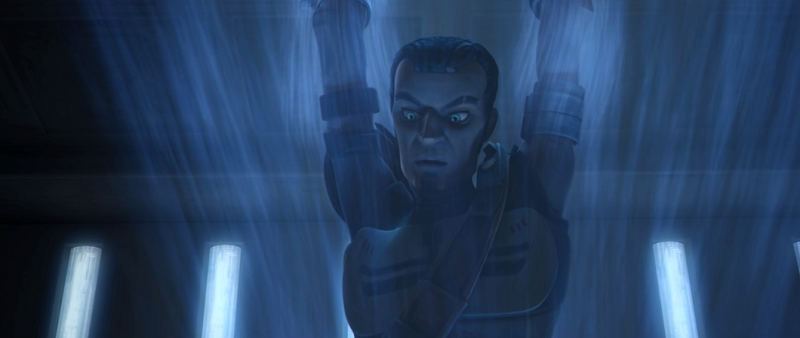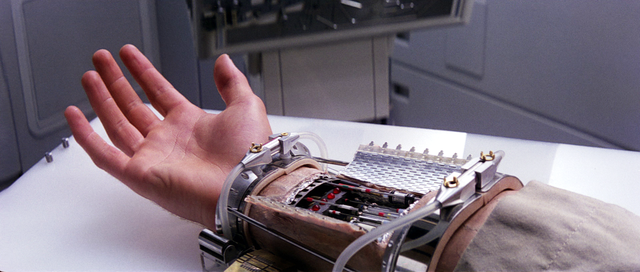
With the recent return of Star Wars Rebels, we’ve finally been exploring the aftermath of Kanan Jarrus’s blinding last season. Kanan’s existing doubts and fears were only amplified by his handicap, and he spent months in apparent isolation before finally learning from Bendu how to use his Force senses in place of the real one he lost.
“Warrior learns how to see without seeing” is a time-honored trope that was all but made for Star Wars, and I loved seeing Rebels‘ take on it—I see the value in telling that story, not just for its own sake, but as a means of growing Kanan as a character and opening his mind to new paths. But at the same time, I admit I have a little suspension-of-disbelief issue with it: couldn’t the guy just get new eyes? Forget the ample prosthetic limb technology that we already know exists; if they can clone an entire army of dudes and age them at double their natural rate, surely they could clone him new biological eyes?
Well, maybe, but maybe not. Post-reboot, there are far fewer examples of cyborgs in Star Wars than there used to be, and the ones that we do see often are often portrayed as faulty or not quite optimal–so it’s unclear whether a robotic eye, or a cloned one, is actually possible, as counter-intuitive as that might be. The reality is, Kanan doesn’t have new eyes because that story wouldn’t be as interesting—just like Return of the Jedi wouldn’t have been as interesting if Luke had to duel with his left hand only. Read More
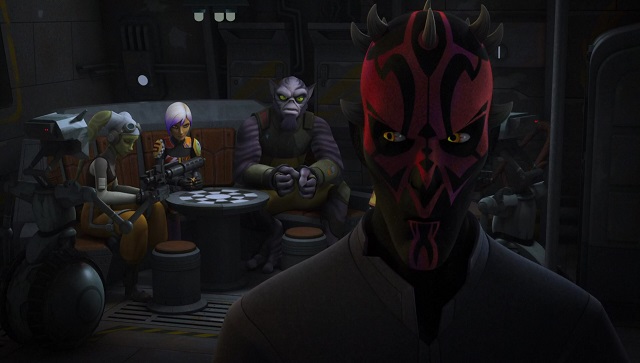
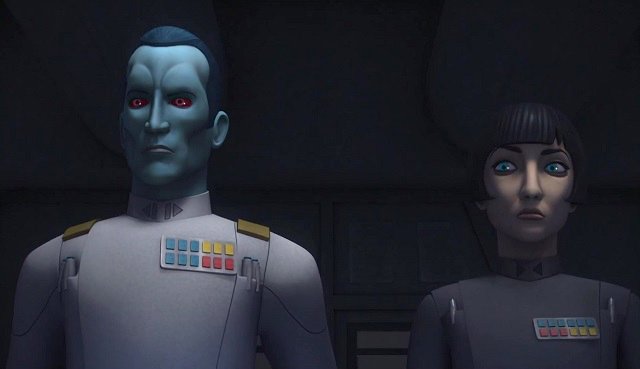
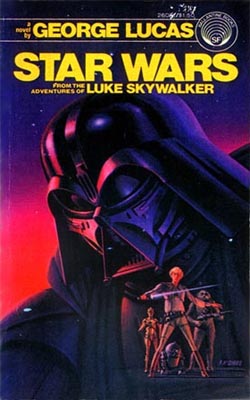 Mike: Sometimes you can know something without really being conscious of it—and often you can be very much aware of something without fully grasping its implications. One such fact occurred to me recently: getting a new Star Wars film every year means that there is every reason to believe that we will also be getting one film novelization every year. In perpetuity.
Mike: Sometimes you can know something without really being conscious of it—and often you can be very much aware of something without fully grasping its implications. One such fact occurred to me recently: getting a new Star Wars film every year means that there is every reason to believe that we will also be getting one film novelization every year. In perpetuity.